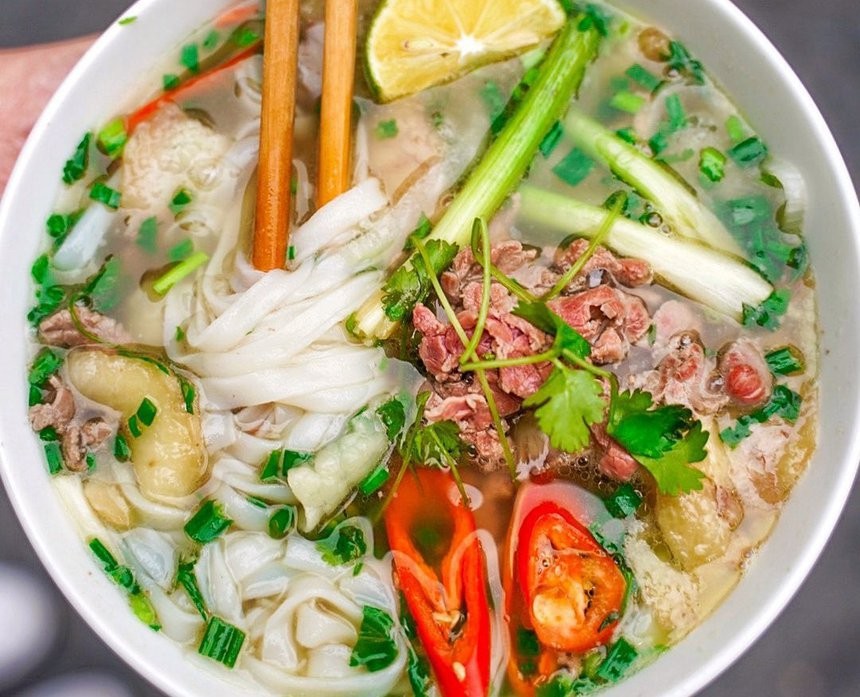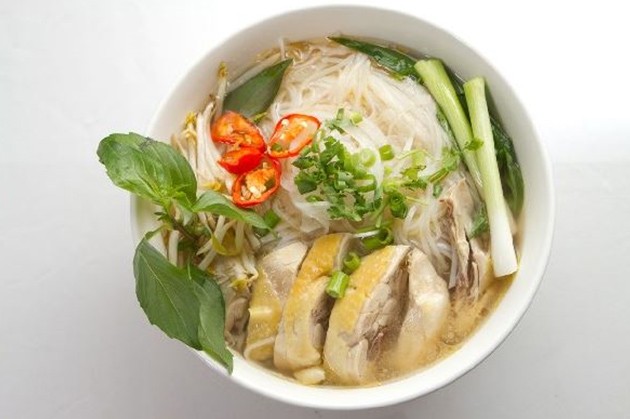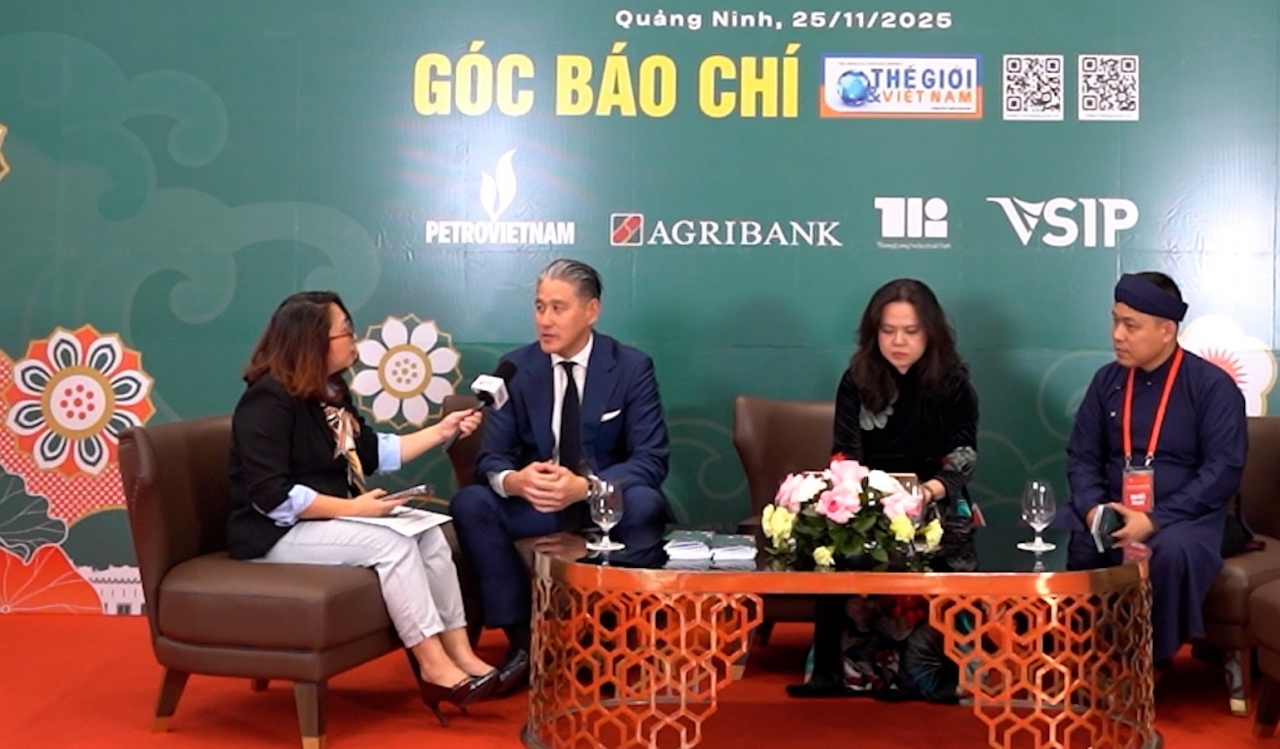
Pho - one of most popular dishes in Vietnam
Latest
 |
| Pho - one of most popular dishes in Vietnam. (Photo: Vietnamnet) |
“Pho” is one of the most popular dishes in Vietnam. There are many theories regarding its origin. Some say it started as a variation on pot-au-feu, a French beef stew dish. Others believe it’s the heir to a Chinese beef noodle soup or to a traditional Vietnamese dish of noodles with buffalo meat.
Though its origins are disputed, historians believe “pho” was first made popular in Hanoi and Nam Dinh, two major northern cities, during the French colonial period. And we know that “pho” wasn’t invented in a restaurant. It began life on the side of the road, on the shoulders of street vendors who wandered the city with a big pot of both, always kept hot and ready with their mobile stoves. It was reinvented many times by vendors and home cooks with ingredients that were available to even the poorest, and it was shaped by the country’s turbulent history.
Until the 19th century, Vietnam was still largely an agricultural country. Cows were raised not as a source of food but to help out with land cultivation and rice farming. In order to protect the animals’ utility as farming aides, slaughtering them for meat was strictly forbidden and perpetrators were heavily punished if caught. At the beginning of the country’s French colonial period, consuming beef was a foreign practice. Locals either couldn’t afford it or had no desire to try it.
By the 20th century, attitudes towards beef had changed, as people flocked to cities where they worked in offices and factories instead of fields. “Pho” became popular as successful street vendors opened their stores in big cities across the country. As if dictated by some rule, most stores are named after their founders in a single word, such as “Pho Hien”, “Pho Thin” or “Pho Co”.
Though beef was once the most distinctive aspect of the dish, the most critical aspect is the broth. It’s always the first thing people taste when they tuck into a bowl. A good broth must be clear. It should carry the scent of herbs and spices such as cinnamon, cardamon, coriander seeds, cloves, star anise, onion and pepper as well as the taste of cow bones. Everything should be boiled for about six hours for all of the flavours to blend.
When it comes to the broth, it’s almost love or hate at first taste. A good broth means the cook knows what he’s doing and takes the time and effort to get the dish right. During difficult times, “pho” has been served without meat. But the broth must always remain carefully prepared and richly flavourful. If you’re ever looking for an excellent bowl of “pho”, look for a place where people finish the broth when they’re done with the noodles and beef.
Vietnamese people eat “pho” all the time: for breakfast, lunch, dinner and as a late-night snack. It’s variable and always satisfying even though there are only two choices when it comes to the meat: chicken or beef.
 |
| Pho - one of most popular dishes in Vietnam |
Since the original “pho” was made with beef, some die-hard fans insist there is no other way to eat it. But “pho” with chicken has an interesting story of its own. In early days of “pho”, beef was a rarity and there wasn’t enough to go around every day of the week. In the old days, “pho” stores closed on Mondays and Fridays because there was no supply of beef. People got creative, however, and invented “pho” with chicken.
“Pho” with beef has a strong flavour from the cow bones. “Pho” with chicken has a gentler aroma and may come with fatty or lean chicken. Each has their own merits. Ultimately, only personal preference can settle the question of which is superior. But why choose when you can have both?
Not unlike a super hero, “pho” comes with sidekicks. Two of the foods people love to eat with “pho” are eggs and Chinese crullers (oil sticks).
Eggs are poached in boiling hot water and you can choose between rare, medium and well-done; just make sure you don’t break them. Crullers should be crunchy and crispy—return them if they are not. They can be eaten separately from your “pho” but many, including yours truly, like to dip them in the broth for a mix between crunchiness and a soft, brothy taste. Take care you don’t dip too many because these sticks are oily and may ruin the broth.
Today, there are more expensive variations and adaptations of the dish, with ingredients like foie gras, Kobe and Wagyu beef, which may cost up to 50-100 USD a bowl. But even after 200 years, one of the best places to have it is still on the side of the street. Nothing beats the chilling wind of winter better than a hot, street-side bowl of “pho” bought for 2 USD.
“Pho” can be found everywhere and can be had anywhere: in a train cruising across the country, in a boat among a bustling floating market of the Mekong Delta and on the pavement of a busy city. It remains a simple and widely affordable dish that carries both the history and identity of the people that create it.













